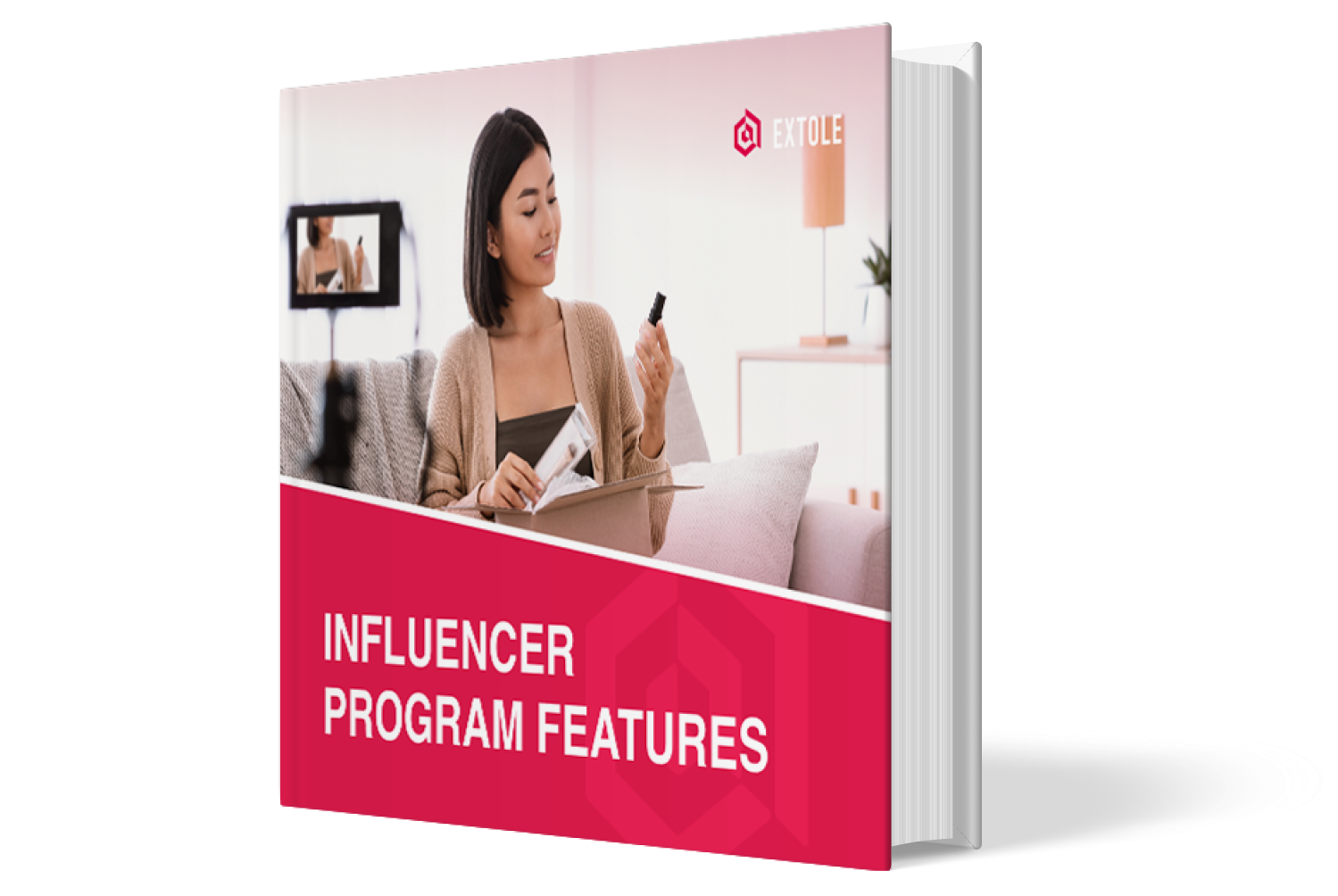Today’s American traveler isn’t looking for an all-inclusive experience or a five-star resort. They’re looking for a great campsite.
About one in five Americans went camping in 2021, and 8.3 million of these people went camping for the first time – which makes sense when you consider that visits to national parks have steadily increased since 2020.
No company has embraced this growing trend to be in nature more than Hipcamp. Described as the “Airbnb of the outdoors,” Hipcamp created a travel app that’s designed to connect users with Instagram-worthy campgrounds both in public parks and on private lands.
Hipcamp makes good on its mission to “get more people outside” with its strong influencer marketing strategy – which not only made Hipcamp wildly popular on social media but also helped grow bookings through its travel app by 500%.
Here’s how Hipcamp did it.
Hipcamp Teaches Regular Customers to Be Marketing Geniuses
Not everybody on social media makes great content. But Hipcamp knows that with a little training, most of its users can be taught content marketing and become experts.
The company produces high-quality guides that are masterclasses in content marketing. These guides come in a variety of formats, like articles, webinars, and slideshow presentations, so different kinds of learners can understand the lessons in ways that make sense for them.
The goal of these guides is twofold. Not only does it help Hipcamp hosts get more bookings, but it also helps bolster Hipcamp’s brand identity by ensuring consistency in quality for things like photography and SEO-focused writing for listings.
Plus, these great photos and descriptions can be easily repurposed for social media.
View this post on Instagram
Source: Instagram.com/Hipcamp
Hipcamp also publishes annual reports, like the UK Camping Trends report and the State of Summer. These reports share the top trends in camping from the past year based on user data – aka, how people use the Hipcamp app.
Even though these reports are not specifically published for hosts (everyone has free access), the crowdsourced data is tremendously helpful for hosts around the world who want to optimize their own listings.
Hosts can use Hipcamp’s reports to learn about the most popular amenities and site locations, along with the top reasons why people want to go on camping trips. They can also discover the kinds of unique camping experiences users are looking for, like a treehouse, RV park, yurt, or off-grid tiny homes.
Creating guides and customer education resources can help any brand convert regular users into influencers by teaching them to create branded content that’s eye-catching, highly relevant, and authentic – aka, the content marketing trifecta – to gain a lot of followers.
Brand-specific educational content can also inspire loyalty. Studies show that the kind of customer education found in Hipcamp’s materials is the gateway to increased customer retention and loyalty.
Hipcamp Builds Brand Affinity via Social Media Relationships
The fastest way to grow a social media presence is by partnering with influencers or other brands that embody your brand identity – or simply working with your own customers. Nurturing these kinds of social media relationships lets these influencers, brands, or followers hype your products to their audience.
Hipcamp knows how to properly build social media relationships, including influencer partnerships and user-generated content.
Micro-Influencers Create Mutually Beneficial Content
While Hipcamp does work with mid-tier and macro-influencers, the company has found its bread-and-butter lies with micro-influencers – or anyone on social media with 10,000 to 50,000 followers.
Micro-influencers are quickly taking over as growth drivers on social media. That’s because they’re much cheaper than traditional influencers and tend to see higher engagement rates.
These more niche influencers might not have millions of followers, but the thousands they do have are extremely loyal. In 2021, micro-influencers dominated sponsored collaborations, accounting for 91% of their social ads.
It’s clear Hipcamp dedicates a good amount of social media real estate to micro-influencers in its Instagram Reels.
View this post on Instagram
Source: Instagram.com/Hipcamp
This kind of content does double duty when you consider that sometimes these micro-influencers are also Hipcamp hosts.
It becomes a symbiotic relationship that’s replicable for any D2C or e-commerce brand: the hosts get free exposure for their listings and Hipcamp gains some excellent content.

Extend Your Brand Reach With Influencer Advocates
Let your influencers create new customers. Learn how to access their followers and drive customer-led growth.
User-Generated Content (UGC) Drives Hipcamp’s Strategy
Himpcamp’s social media footprint is full of user-generated content (UGC). Take a quick scroll through the company’s TikTok account, and you’ll see video after video of actual customers sharing their camping experiences.
Hipcamp’s UGC strategy reinforces the idea that being outdoors is for everyone, even if you prefer glamping to tent camping. Plus, since we know Hipcamp is great at teaching users how to make good content, it makes sense that the company has a steady stream of well-made UGC at its disposal.
User-generated content (UGC) is quickly replacing highly polished and editorialized social media content, especially for Gen Z. Case in point: about 50% of social media users in the U.S. reported they now watch more UGC than they did six months prior.
Hipcamp can use this kind of content creation to educate their audience about “outdoorsy” stuff they might not feel comfortable asking about in real life, like how to set up a tent or go solo camping safely in a national park.
Source: TikTok.com/Hipcamp
Users who share these kinds of authentic experiences online also help to bust stereotypes about camping.
Source: TikTok.com/Hipcamp
On-the-fence campers who are accustomed to modern amenities can find glampsites to accommodate their needs, like RV sites with full hookups or clean cabins with Wi-Fi, security systems, a hot shower, and a bed.
Hipcamp Boosts Its Influencer Marketing Strategy with a Loyalty Program
Hipcamp also offers a traditional referral program, along with a step-by-step guide that teaches users how to get referrals on social media. But it’s Hipcamp’s growing loyalty program that offers first access to the sort of unique outdoor stays most Hipcamp users seek out.
There’s a growing trend to treat loyalty programs like a community and not just offer a points system. Hipcamp has jumped on this bandwagon by making its loyalty program, The First Camper Club, invite-only.
Getting a coveted invite is easy if you meet a few requirements: stay a minimum of one night using the app and then complete reviews for all of your Hipcamp getaways. Hipcamp automatically emails you the program’s details.
The perks? Anyone in the First Camper Club gets to stay at new listings first. This means that the most seasoned Hipcamp users can introduce new hosts to the Hipcamp community. Plus, Hipcamp supports this community-centric program with more traditional perks, like exclusive discounts and rewards for members throughout the year.
A membership-based loyalty program lends itself well to any company’s influencer marketing strategy because it taps into a brand’s need to use influencers to boost brand awareness and manage its reputation. In Hipcamp’s case, it contributed to an explosive 500% increase in bookings through its travel app.
Extole is the expert when it comes to driving growth through customer loyalty. Get started with a free demo to see Extole in action.




